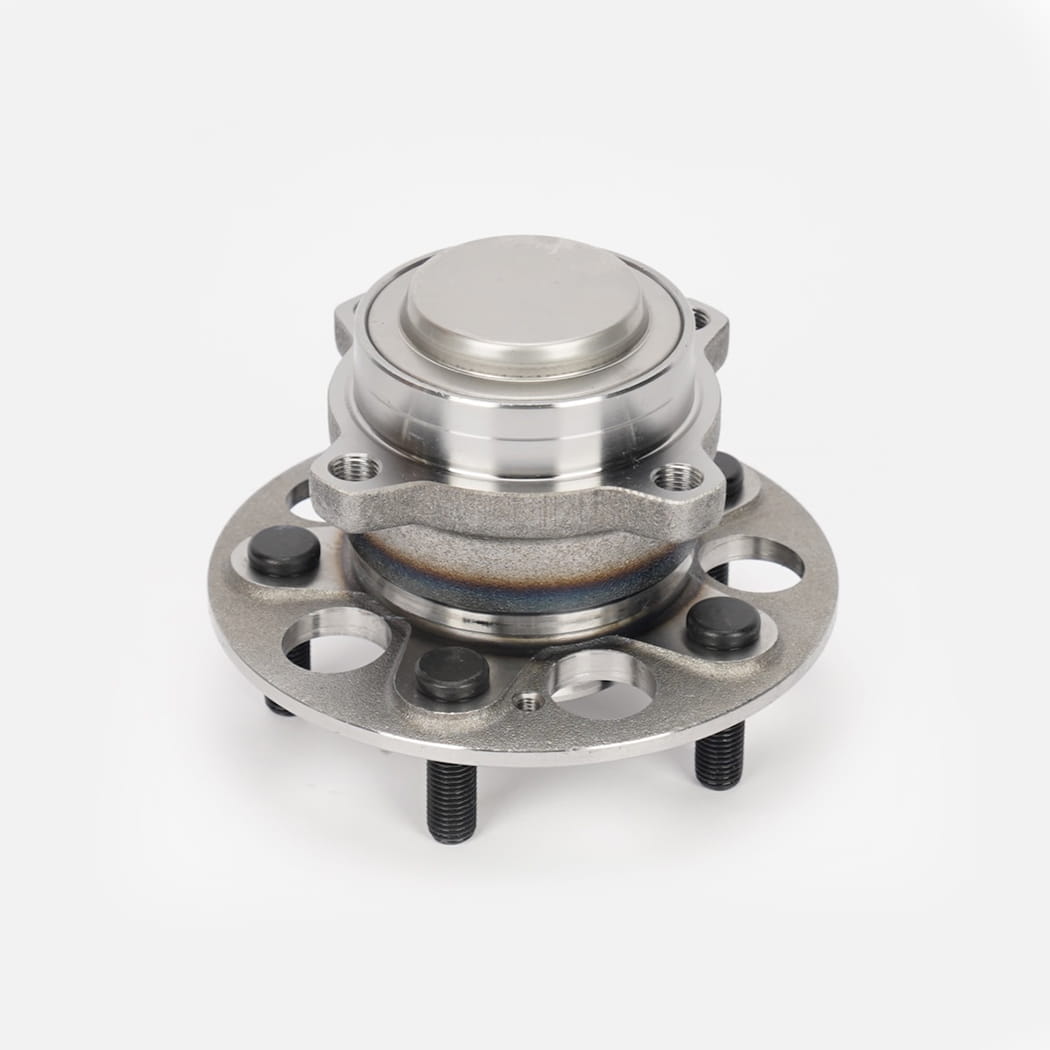A seemingly small yet crucial component, the wheel bearing hub unit, works tirelessly to bear immense loads and ensure smooth, quiet wheel rotation. It is not only a vital link connecting the wheel to the vehicle's suspension system but also a key element for guaranteeing a safe and comfortable ride.
Early automotive wheel bearings consisted of two separate tapered roller bearings or ball bearings, which required regular lubrication and clearance adjustments. This design was simple but maintenance-intensive and prone to performance issues if improperly installed.
With the evolution of the automotive industry, the wheel bearing hub unit was born. This is a highly integrated design that combines the bearings, hub flange, and seals into a single, inseparable assembly. The introduction of this integrated hub bearing unit completely transformed how bearings are installed and maintained. It comes pre-set with precise preload and lifetime lubrication from the factory, which significantly simplifies the installation process and eliminates the risk of failure caused by inadequate lubrication or improper clearance.
Due to its multifunctionality and high integration, synonyms like hub bearing assembly or hub assembly have become common. They all refer to this precise component that integrates the bearings, hub flange, and sometimes even the ABS sensor ring into one unit.
A typical wheel bearing hub unit consists of several core parts:
Double-row angular contact ball bearings or tapered roller bearings: These are the core components that bear the vehicle's weight and external loads.
Hub flange: This is the surface where the wheel studs and brake disc/drum are mounted.
Built-in seals: They effectively prevent dust, moisture, and dirt from entering the bearings while retaining the internal grease, ensuring the bearing's long-term, efficient operation.
ABS sensor ring (optional): Many modern wheel bearing hub units have a built-in magnetic encoder ring that works with the ABS sensor to provide wheel speed signals, which are crucial for the vehicle's braking, traction control, and stability control systems.
Based on their development and structure, wheel bearing hub units are generally classified into three generations:
Generation 1: A typical integrated design that includes the inner and outer races, rolling elements, and seals, but the hub flange is a separate component.
Generation 2: The hub flange and the outer bearing race are integrated, further reducing the number of parts and simplifying installation.
Generation 3: This is the most common design today. It integrates the hub flange, bearings, and mounting flange into one unit. This highly integrated wheel hub bearing component can be directly bolted to the suspension system without any adjustments.

When a wheel bearing hub unit is failing, it is usually accompanied by some clear signs:
Abnormal noise: The most common symptom is a low-pitched humming or roaring sound while driving, which becomes more pronounced with increasing speed, especially when turning.
Vehicle vibrations: A faulty bearing may cause vibrations in the steering wheel or the vehicle body.
Increased wheel play: If you shake the wheel by hand, you may feel noticeable looseness.
If your vehicle shows any of these symptoms, you should have it inspected and replaced by a professional mechanic as soon as possible. Because the wheel bearing hub unit is a single-piece component, the entire unit usually needs to be replaced if it's damaged.
Choosing a high-quality hub bearing assembly is crucial. A quality component ensures the vehicle's driving safety and provides a quieter, smoother ride. Its precise manufacturing and high-performance design give you confidence on every journey.